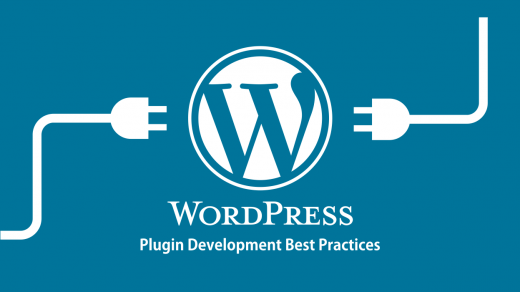If your company boasts a fleet, you’ve probably already thought about the ways in which to make its management both efficient and economical. You’ve most likely experimented with various approaches and procedures, but you probably feel that the way you manage your fleet can still be improved. You are right. It can. It can be done by applying advanced technology in a correct way, which will give fleet managers an advantage in this very competitive environment or by reconsidering some choices you’ve made in the past. Here are some elements that you should consider and some tips you should apply, if you haven’t done that already.

Select the right ownership type
The first thing you should consider is the type of ownership. While each of them has its advantages and disadvantages, the environment in which your enterprise operates should tell you what the best option is. One method is company car ownership, which means your company owns and provides the car to a particular employee. You have the direct control over your fleet, but there are also high acquisition costs and asset value depreciation involved. Then there are pool cars, used by any and all employees, as long as the vehicle is available. This method provides flexibility, but vehicles need to be picked up and dropped off from the same place, which can be inconvenient. Next, there is grey fleet, i.e. another term for vehicles owned by employees, but used for the business. Your maintenance and acquisition costs will be lower, but your company won’t have control over servicing and monitoring the condition of the car. Finally, you can lease all fleet vehicles, which make management and maintenance easier, but you are tied to contracts and have limited control over the vehicles in term of branding and insurance.
Promote better driving
It’s estimated that improving driver behaviour can lead to savings of up to 10 per cent, or even 20 per cent when it comes to particularly aggressive drivers. The areas that fleet managers should focus on and encourage better driving behavior are speed, idling and coasting, which should lead to more effective costs and road risk management. Idling is a major culprit of fuel consumption. Delivery vehicles and other vehicles that often wait around are usually left running, typically to keep the radio or air condition on. However, if the engine is switched off when stationary, less fuels will be used, which means you’ll save money. Also, educating fleet drivers about avoiding coasting can help save fuel costs and reduce wear and tear on tires. For those who are not familiar with the term, coasting refers to the practice of keeping your foot on the accelerator and braking only when required. Instead, your drivers should take the foot off the accelerator once they begin approaching a stop, which would allow the car to slow down by itself. Also, having a solid and economical exhaust system with modern mufflers can help a lot. Though this may sound trivial, when you multiply the savings by the number of vehicles your company has, you’ll notice a significant difference.
GPS tracking
GPS tracking is something we all use, but when used in fleet management, it involves a vehicle tracking device and software to allow managers to know here each vehicle in the fleet is located in real-time. The system is also used to collect data on vehicle health, driving behavior and the productivity of the fleet. This allows managers to maximize profits, fix errors and eliminate waste that leads to losing money.
Fleet video recording
You might install dash cameras for seeing inside the cabin, as well as cameras that provide drivers a better view outside of the vehicle. It can also prove invaluable in the case of accidents, recording important information about the causes of the accident. Having a footage of such situation can save money in any lawsuit related to accidents.
Routing and dispatch
While dispatchers used to give drivers a manifest that indicated the stops they needed to make, that is no longer the case. Now, a telematic system allows fleet managers to find the best routes between points A and points B and make changes in real-time as obstacles present themselves. Optimized routing and dispatch using telematics solutions can also help the vehicle reach each stop based on calculated time frames that meet customer expectations. This can potentially save money by retaining clients and creating a reputation for on-time delivery that can lead to the expansion of your business.
These are just some of the most important elements of efficient and economical fleet management. However, they can really help you cut both operating and maintenance costs, thus leading to a higher profit margin, while also improving the quality of your service.




Recent Comments